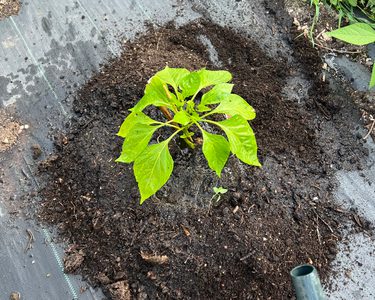Chris Collins on…wise watering

As I write this, the sound of thunder rumbles over London and all gardeners in the city wait with anticipation for a downpour. With June being one of the hottest on record in many parts of the country, the conversation must inevitably turn to how we use and save this most precious commodity.
There are so many techniques to maximise the benefits of watering - but let’s start with the easiest: water saving. This is fundamental to the gardener looking to be sustainable. Old water tanks and water butts will aid water conservation, saving both a valuable resource and expense. On top of this, recycling grey water from daily household use can also play a role -but I like to use this for established plantings like trees and shrubs and not on younger specimens.
Get the timing right
A plant will benefit most from being watered first thing in the morning or at dusk when the temperature is cool, because this allows the roots to have greater access to the moisture before the daytime heat reclaims it.
If possible, we should also direct water to base of the plants. I don’t believe in any of this hosepipe malarky and use a watering can at the base of plants because it means I can assess the general health of my plants at the same time. Although it takes more time, it proves to be very beneficial over the growing season.
Improve your soil, improve your watering
Mulching is a superb way to retain moisture around the base of plants. I like to add a five-centimetre dressing of good organic compost to protect the surface roots responsible for absorbing water.
A further tip is to create a ‘puddle zone’, which means concaving your mulch around the plant base to allow water to puddle and drain slowly. This gives the plant a deep, thorough watering and reduces the need for constant irrigation, encouraging the tap roots to move downwards and be less reliant on constant surface moisture. Of course, different plants require different conditions but overall, this is a good rule of thumb and makes the plant much more self-reliant.
These small but simple techniques will aid your garden during arid times – but they’re not a short cut. Regular inspection of the needs of plants in any setting is the basis of success!